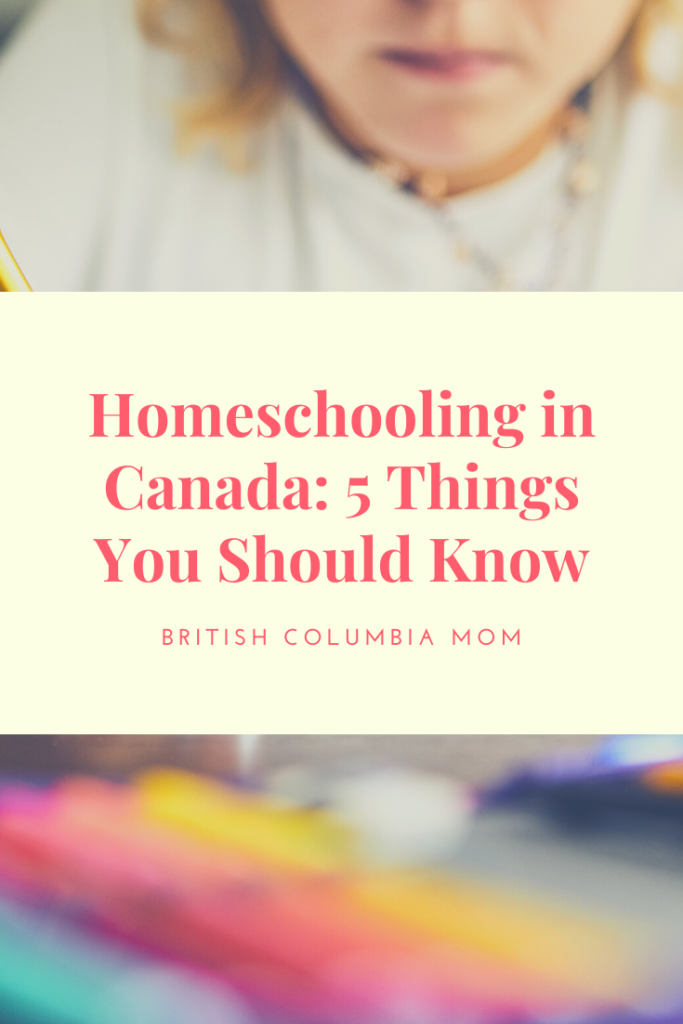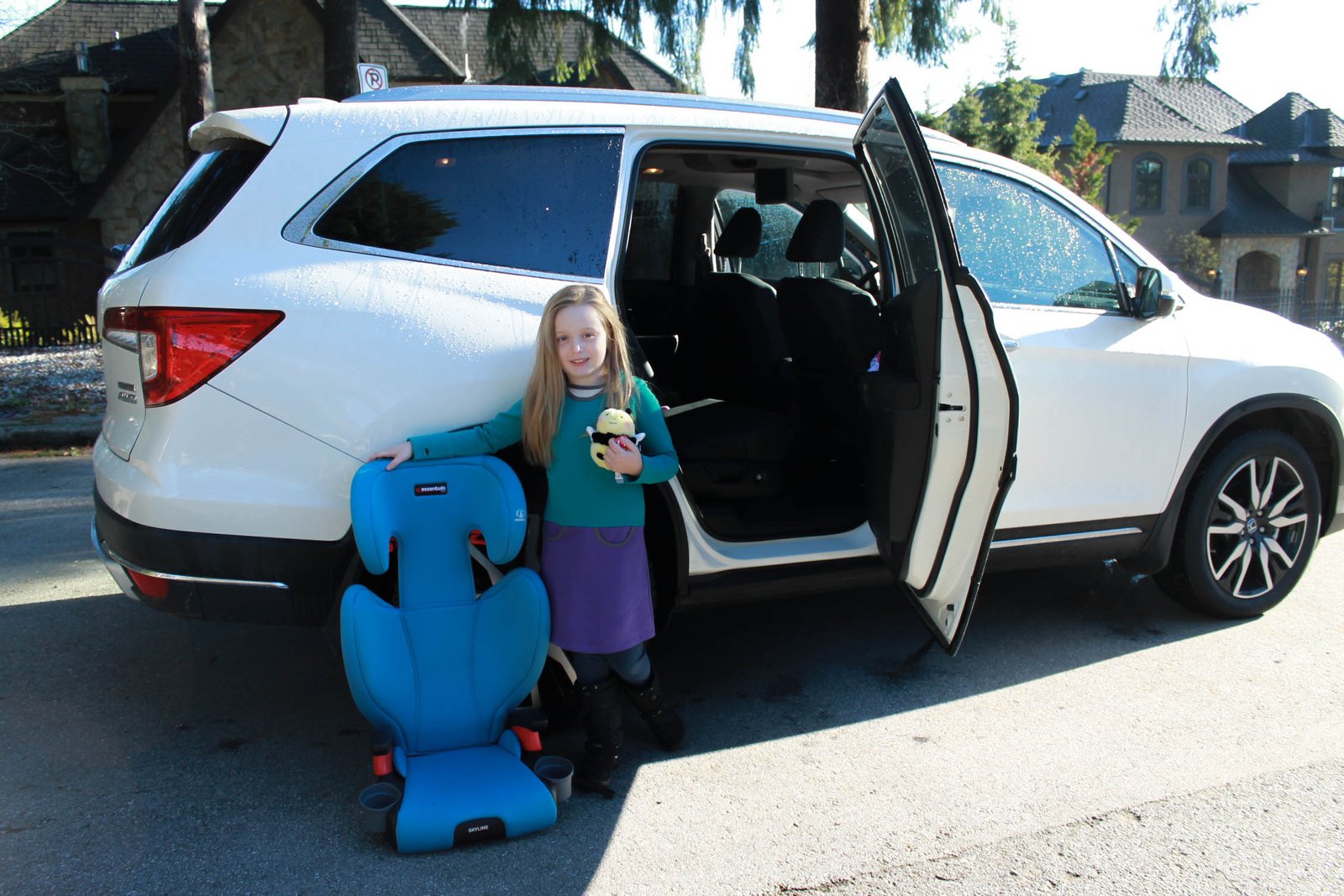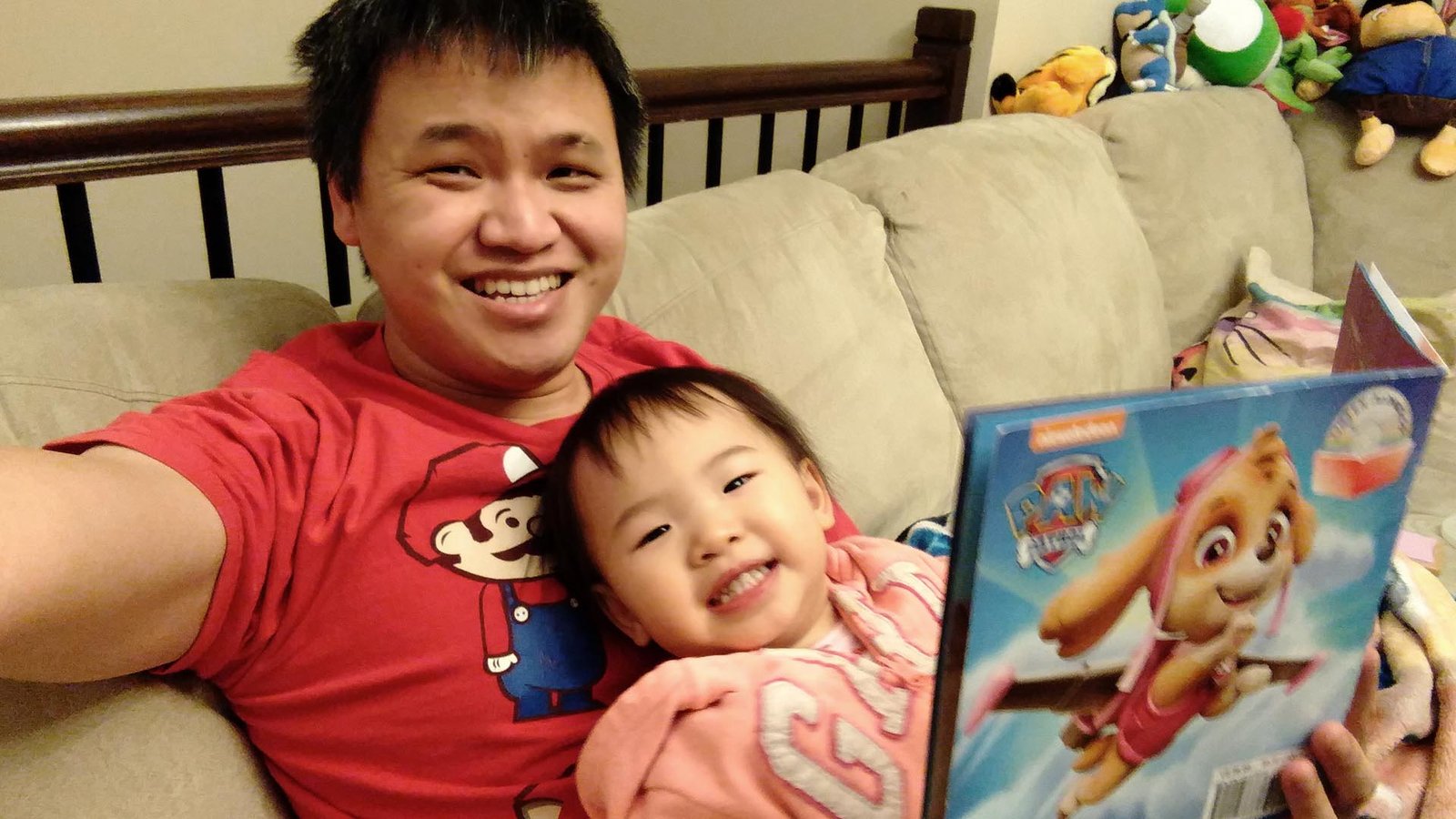
Homeschooling in Canada is on the rise with the ever changing global climate. Although the ratio is still small, it is becoming a much more explored option by families looking to keep their children safe at home. If you are considering the homeschool path your family, be sure to weigh your options carefully and keep the following in mind before you make your final decision.

Each Province Has Different Rules
[British Columbia | Alberta | Saskatchewan | Manitoba | Ontario | Quebec | New Brunswick | Nova Scotia | PEI | Newfoundland & Labrador | Northwest Territories | Yukon | Nunavut]
Are you considering Homeschooling in Canada? There are requirements and specifications that vary between different Canadian territories. Some will pay you. Others won’t. Some require you to submit a statement of withdrawal and submit biannual reports. Yukon, Saskatchewan, Alberta, and British Columbia for example offer some kind of funding for homeschooling. Nunavut also offers some financial assistance in the form of reimbursement. The number of reports and forms required as well as curriculum standards vary between territories as well.
If you’re looking to make the leap and want to know more about Homeschooling in Canada, click through to the provinces above to find information specific to your area.
British Columbia
In BC there are two options available for learning at home. Through Distributed Learning which involves enrolling through a public or independent school that offers the specific course or curriculum that meets your needs. Through Distributed Learning, students connect with their teachers on varying schedules, have access to course textbooks and resources, have a course of study (curriculum) provided and have a completed report card. Distributed Learning students are expected to meet the provincial Learning Outcomes with the support of their teachers.
The other option is Homeschooling, by law, children in BC must be educated and to ensure that, you are required to register your child at a local school and indicate that you plan to homeschool. From then, it is independent learning with the support of their parent or caregiver. You are responsible for providing the curriculum and learning supplies. Families may receive financial support dependent on district they are registered in.
Alberta
Similarly to BC, Alberta now has two options for homeschooling
- Supervised and funded: A home education program supervised by a school board or accredited-funded private school. Receives funding from Alberta Education.
Parents choosing this option are responsible for planning, managing, providing, evaluating and supervising their children’s courses. Parents must develop a home education program that will help the student achieve the appropriate learning outcomes as well as submit that program to the supervising school authority for review. If accepted, the supervising authority will conduct 2 evaluations throughout the school year. To have access to funding, students must be registered in a home education program by September 30th.
- Unsupervised and non-funded: a home education program not supervised by a school board or accredited-funded private school. Not eligible for funding.
If you choose the unsupervised route, you are not required to submit your program plan for review. It is up to the parent to evaluate the student progress.
Saskatchewan
Families that choose to homeschool in Saskatchewan are required to register with their local school board with at least 30 days notice, as well as prepare an age and ability appropriate program for their child(red) and submit it with their registration for review.
Some school boards may offer additional support such as:
- Assessment for students with intensive needs
- Driver education
- Home-based learner assessments
- Distance-learning opportunities
- Access to learning resources
- Support for earning secondary credit
Funding is dependent on school district as each makes their own homeschooling policies.
Manitoba
Families that choose to homeschool in Manitoba must inform the Home Schooling office their intent as well as provide a program outline every year. Parents are also required to submit progress reports in January and June annually. There is no government funding offered available for homeschooling families.
Ontario
Unlike many other provinces, Ontario only requires that families submit an annual letter of intent to their local school board. Parents are not required to provide a program outline. There is no government involvement or funding available. For more information visit ontariohomeschool.org.
Quebec
Similarly to BC, all children in Quebec must attend school in some form. Parents must send a written notice to the Minister outlining their intent by July 1st. If the child is currently enrolled in a school, the notice must be received within 10 days of withdrawn. Parents are also required to provide the Minister with their child’s learning project by September 30th of each year.
Parents will also be required to provide a written progress report, as well as a completion report by July 15th annually. There is no funding provided by the Province for homeschooling families.
New Brunswick
The Minister of Education is responsible for administing the Education Act, similarly to other provinces this requires children aged five-18 years to be attending school, unless the Minister is satisified that the student is receiving instruction elsewhere. To prove this, families must obtain an official exemption from attending public school each year. This includes completing an Annual Home Schooling Application form each year and submit it to the school district office.
Nova Scotia
Under the Education Act, parents are required to register with the Department of Education and Early Childhood Development to indicate their choice to homeschool and include a description of their proposed program. Parents are then required to send in a progress report annually in June. There is no funding available to homeschooling families.
Prince Edward Island
Similarly to Ontario, all PEI parents are required to do is send a notice of intent to the Department of Education. For a $50 deposit students may provincial curriculum. There is no funding available.
Newfoundland & Labrador
Parents in Newfoundland and Labrador may apply to a school district to home school their children. Parents must submit an Education plan along with their application to home school to their district school for review. Progress reports must be submitted between 2-3 times per year depending on the length the child has been home schooled. If the reports do not show sufficient progress, the Director of Education may require an assessment done throughout. There is no funding available for homeschooling families.
Northwest Territories
Home schooling students in the Northwest Territories must be registered with their local school, but are exempt from attendance. Parents may request additional support through the school including resources, library or gym space etc. Parents receive partial funding through their local school (25% PTE).
Yukon
Parents can choose between home schooling, or distance or distributed learning through the Yukon School Board. Both types of schooling are done through Aurora Virtual School online, which helps setting up the at home education program, coordinates in school activities and support and more.
Additionally, The Yukon Francophone School Board manages a homeschooling program in French called École Nomade. Parents will need to register through École Nomade.
Nunavut
Parents in Nunavut must register with their local school and provide an education program for review that meets the curriculum standards laid out by the Minister of Education. This education plan must be in accordance with Inuit principals and concepts of Inuit Qaujimajatuqang.
Support wise, parents have access to up to $1000 to support their home schooling expenses. As well, Principals are also required to make program materials and school facilities available to homeschooling families.
For additional information on Homeschooling in Canada, Homeschool.Today has created an incredible in depth info sheet broken down by province with additional information, supports offered, funding and more.
The Unseen Costs of Homeschooling
When you consider becoming a homeschooling parent you undoubtedly have curriculum costs in mind. You’ll need to know how much it will cost you to teach at home, but the budget does not stop at the curriculum you choose. You will have other considerations including extracurricular activities.
To avoid a sense of isolation and make sure your child develops well in a social setting, extracurriculars become exceptionally important for families homeschooling in Canada. Consider too, field trips and basic classroom supplies. You are responsible for the budget and the equipment. This is great because you don’t have to answer to an administrator who doesn’t have the funds, but you have to be careful not to overspend, especially on the wrong things.

Consider Support Groups
Homeschooling in Canada can feel hard. It’s becoming more mainstream, but homeschoolers are still in the minority. It’s difficult work to take on and it’s a lot of pressure. You may struggle to incorporate schooling into your family dynamic and you may have to contend with the judgments of others. Without a clear sense of why you choose to homeschool, the pressures of societal norms will eat you alive. That’s one reason it’s crucial to seek out the support of others who are doing exactly what you are.
How do You Plan to Teach?
Homeschooling may seem like a delightful fantasy, but the truth is at some point you have to teach. Some teaching styles are less serious about curriculums than others. There are many teaching styles to choose from and learn about. including curriculum-based learning, child lead learning, and everything in between. Whether or not you take the lead in teaching your child is up to you, but you must also consider your child’s learning style if you want to achieve success as a homeschooler.

Learning Space
Another important thing to consider if you are homeschooling in Canada is what kind of classroom you are going to have. You must set aside a practical space in your home for learning. Just like working from home is better if you have a home office, homeschooling gets better results if you have a dedicated space and a regular daily routine. Be mindful of distractions around the learning space and keep the space clear of “non-school” related items.
Homeschooling in Canada doesn’t have to be a daunting decision, there is a plethora of resources, support groups and local community groups to help you make the best decision for your family. Ultimately, how you teach (or unschool) is up to you.
PIN THIS POST FOR LATER //








This is such a great resource for people trying to navigate the home school adventure. I am glad we have a virtual option in Ontario but this is my backup.
I like the idea of distributed learning. It works well for families who are new to homeschool or just want to learn at home temporarily.
Whew. Trying to navigate this is hard at the best of times, but it’s a whole other beast trying to figure it out during a pandemic. Thanks for putting this together. I saw a news story of a mom in Ontario that was putting together a non-profit support group type thing for home schooling parents to connect with and support one another.
Wow such a thorough list! I wish I had it in me to homeschool, I truly do but I’m just not cut out for it! Mad respect! Thanks for sharing!
Amazing Resource! THANK YOU! This is all very daunting – when we were looking into what was what I thought it was either public school or homeschool. I had no idea there was MANY in between! We’re doing Distant Learning this year with an IDL and I am so happy we made this decision. It was right for us!
Great resource! Such a hard time for all families navigating a pandemic and schooling
🎄❤🦄
Thanks for all this wonderful info on home schooling. My grade 5 & 3 kids are being homeschooled this year.
Great info i noticed scholastic.ca has a great website for teaching at home some things are quite pricey but I did find great deals on books so at least I can offer my children different educational reading material
Me and my wife have just decided to homeschool, mainly due to the rampant communist indoctrination and lack of actual education going on in our schools along with the masking and designated play areas we’ve had enough. So here we are.